French tableware: how to transform your everyday meals into memorable experiences
In our fast-paced world where meals are often eaten on the go, in front of a screen or standing up between appointments, the French tradition of tableware reminds us of an essential truth: mealtimes can be much more than just a nutritional necessity. In France, setting a beautiful table and sharing a meal is a daily celebration of life, a precious pause in the day when we take the time to savor not only the food, but also the company and the atmosphere.
The good news? You don’t have to be a Michelin-starred chef or own Limoges china to adopt this approach. The French art of the table is above all an accessible philosophy that can transform your ordinary meals into extraordinary moments. Discover how to integrate this tradition into your American daily life and create memorable experiences around your table.
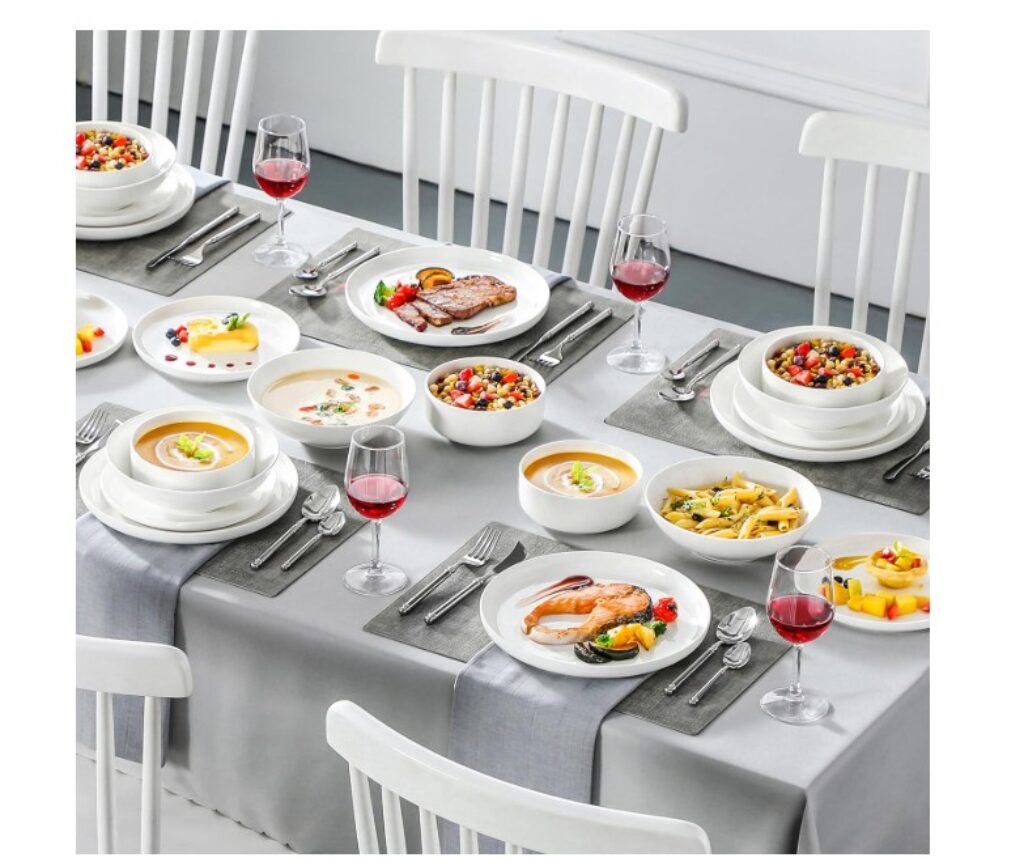
1. The fundamentals of the French table: structure and harmony
Contrary to popular belief, the French art of the table is not limited to gourmet restaurants or special occasions. It is a daily practice based on a few simple but essential principles.
Symmetry and balance
A well-set French table presents a visual balance that soothes the eye and prepares the mind for the meal. This balance is reflected in:
- Symmetrical placement of cutlery on either side of the plate
- An equal distance between each place setting
- A precise alignment of the items on the table
Even for a simple weekday lunch, this organization creates an immediate feeling of order and attention to detail.

T-fal Ultimate Hard Anodized Nonstick Cookware Set 17 Piece, Oven Broiler Safe 400F, Lid Safe 350F
The hierarchy of the elements
Each element on a French table has its specific place, creating an intuitive visual hierarchy:
- The main plate in the center
- The cutlery arranged in order of use, from the outside in
- Glasses placed at the top right, generally in descending order of size
- Bread to the left of the plate
This organization is not just aesthetic; it facilitates the course of the meal and allows guests to concentrate on conversation rather than on searching for the right place setting.

The tablecloth and napkins
The basis of a French table is often a simple but high-quality tablecloth:
- Ideally made of natural fabric such as cotton or linen
- Ironed to eliminate creases
- Dropping down about 30 cm around the table
The napkins, also made of fabric, are either simply folded to the left of the plate or arranged on the plate for a more elegant effect. Even for an everyday meal, replacing paper napkins with cloth napkins immediately elevates the experience.
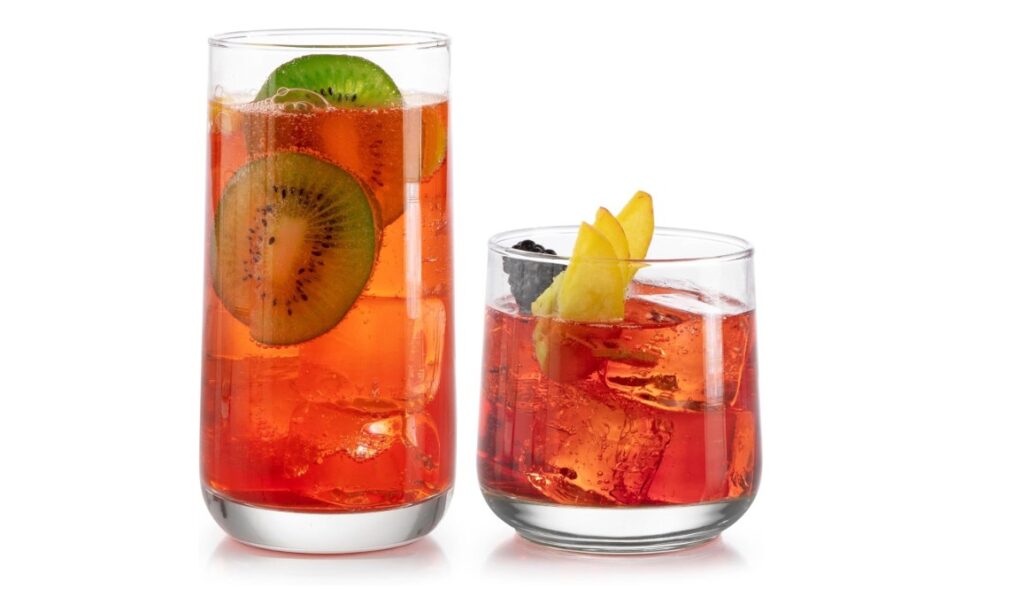
Personal space
Each guest should have enough space to eat comfortably:
- Approximately 60 cm in width per person
- At least 30 cm in depth between the plate and the edge of the table
- A distance that allows for conversation without having to lean forward
Respecting personal space contributes to the comfort and dignity of shared meals.
2. Crockery and cutlery: elegance in simplicity
Traditional French crockery favors quality over quantity. Rather than having several different services, invest in a quality set that will stand the test of time and trends.French tableware: how to transform your everyday.
Versatile crockery
The ideal crockery for adopting the French art of the table on a daily basis has certain characteristics:
- White or neutral-colored plates that enhance the food
- Classically shaped pieces that never go out of fashion
- Durable material such as porcelain or fine earthenware
- Generous but not excessive dimensions
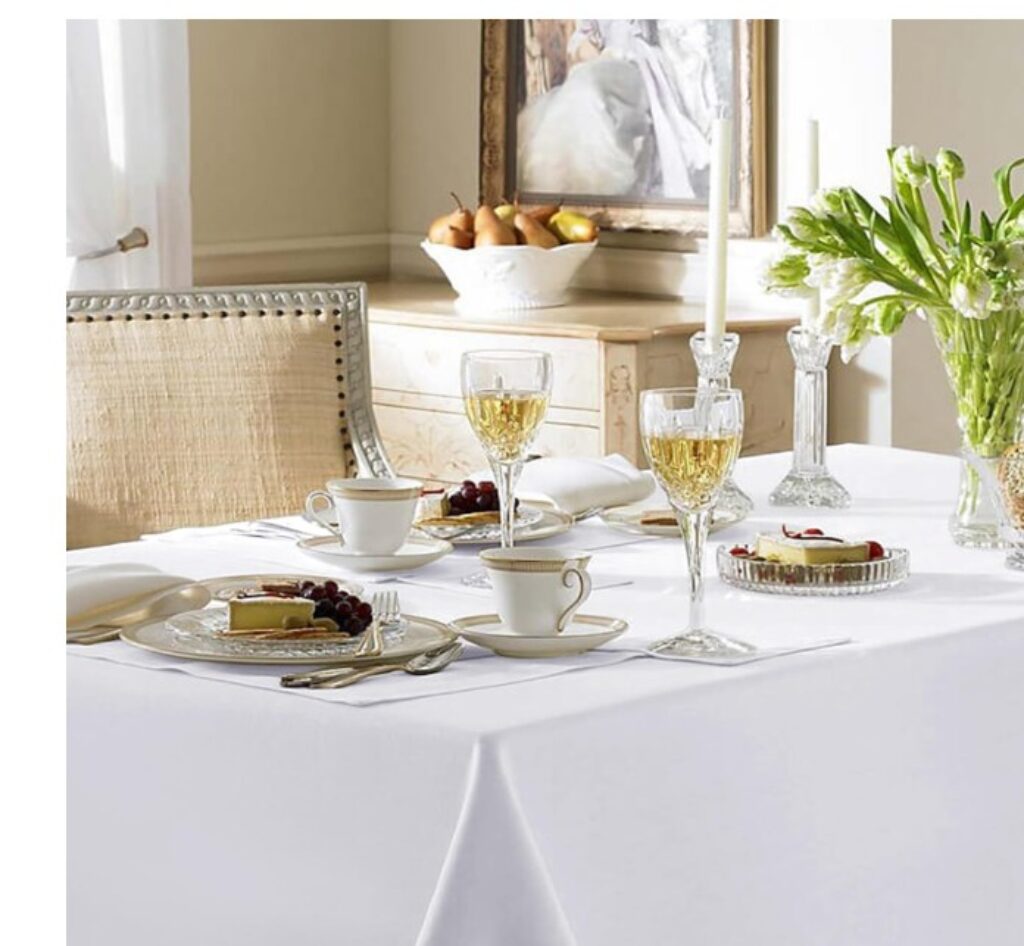
white tablecloth for living room
A simple service can be used for both everyday meals and special occasions, simply by changing the accompanying accessories.
Quality cutlery
Traditional French cutlery is generally
- Good quality stainless steel or silver for special occasions
- Comfortable to hold
- Classic rather than highly ornate or ultra-modern
- Well maintained and regularly polished
Even if you don’t use all types of specialized cutlery, having a good quality basic set (knives, forks, soup and dessert spoons) makes all the difference.
Clear and functional glassware
Glasses on a French table are generally
- Made of clear, undyed glass to appreciate the color of drinks
- Of different sizes according to their function (water, wine, liqueur)
- Preferably without excessive patterns that would distract from their contents
- Perfectly clean and shiny
A French tip is to invest in good quality multipurpose glasses rather than many different types.

Essential accessories
A few accessories complete the picture:
- A butter dish to present the butter (never directly in its packaging)
- A carafe of water on the table (rather than a plastic bottle)
- Salt and pepper shakers, ideally with fresh salt and pepper
- A bread basket covered with a napkin to keep the bread warm
These small details show particular attention to the comfort of the guests.
3. The staging: creating a memorable atmosphere
Beyond the technical elements of table setting, French tableware places great importance on the overall atmosphere of the meal. household products
Appropriate lighting
Lighting plays a crucial role in the dining experience:
- Soft, warm light rather than direct, harsh lighting
- Candles, even for an ordinary meal, immediately create a special atmosphere
- Suspended lighting at the right height (about 70-80 cm above the table)
- Adjustable intensity depending on the time of day
The aim is to create a warm atmosphere that encourages conversation and enhances the food.
Flowers and natural elements
A natural centerpiece brings life and freshness to the table:
- A simple bouquet of seasonal flowers
- A few branches or leaves in an elegant vase
- Aromatic herbs in a small pot
- Artistically arranged fruit
These natural elements should not be too tall to avoid interfering with the conversation, nor too fragrant to interfere with the aromas of the dishes.

TOSHIBA ML(BS) Countertop Microwave Oven with Smart Sensor and Position Memory Turntable, Function
Background music
Soft music in the background can contribute to the atmosphere:
- At a volume low enough to allow conversation
- In a style appropriate to the occasion and the guests
- Without advertisements or interruptions
Music can help mark the transition between the day’s activities and mealtime.
Seasonal details
Adapting your table to the seasons strengthens the connection with the natural rhythm of the year:
- Lighter colors and materials in spring and summer
- Warmer tones and richer textures in fall and winter
- Accessories that reflect seasonal holidays and celebrations
This seasonal adaptation brings freshness and renewal to your meals throughout the year.
4. The rhythm of the meal: celebrating time shared
One of the most distinctive characteristics of French tableware is the respect for the rhythm of the meal, which is considered a special moment out of time.

The aperitif: a prelude to the meal
The French meal often begins with an aperitif, which serves as a transition between the activities of the day and the time for the meal:
- A light drink accompanied by a few simple appetizers
- A moment to relax and begin to socialize
- A transition that allows everyone to settle into the atmosphere of the meal
Even a very simple version of this ritual, such as a glass of wine or fresh juice with a few olives or nuts, can transform the atmosphere.
Dishes served separately
Contrary to the American trend of serving all dishes together, the French tradition favors sequential service: kitchen products
- Each dish is enjoyed individually
- Plates are cleared before the next course is served
- Breaks between courses allow for digestion and conversation
This approach slows down the pace of the meal and allows for full appreciation of each element.
The digestive break
A short break between the main course and dessert is a French tradition that allows for:
- Digestion of the main meal
- Prolonged conversation
- Setting the table for dessert
- Enjoying a moment of calm
This short interval contributes to the feeling that the meal is a journey rather than a simple destination.
Coffee and digestifs
The French meal traditionally ends with a coffee, sometimes accompanied by a digestif:
- Served in small, quality cups
- Accompanied by a small chocolate or biscuit
- Often taken in a different space from the main table
This final ritual marks the conclusion of the meal and allows for a smooth transition to the rest of the day or evening.
5. Conversation: the secret ingredient of the French table
More than any other element, it is the quality of the conversation that distinguishes a memorable French meal. The table is seen as a place for exchange and human connection.
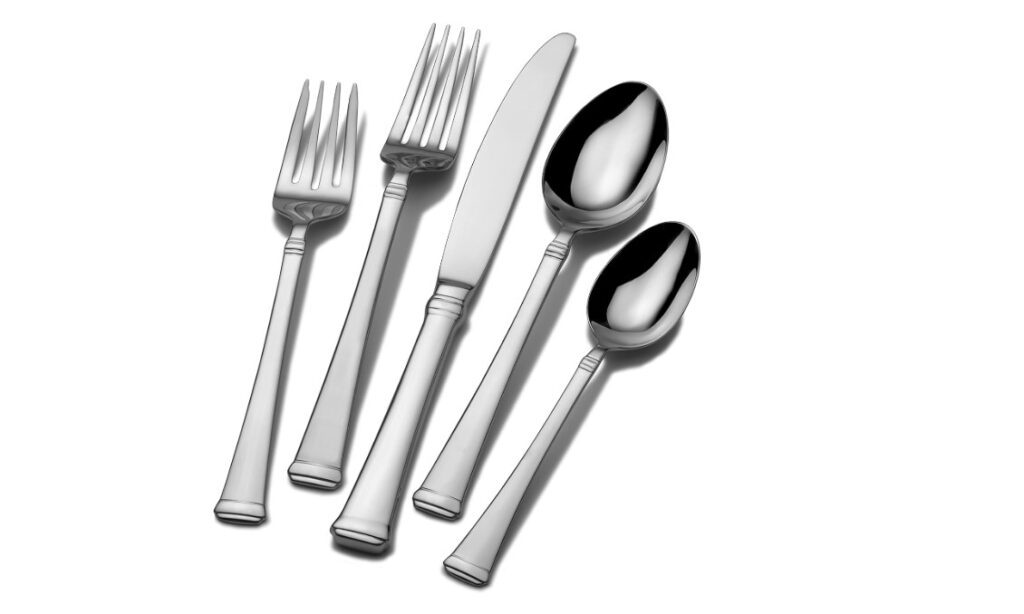
The rules of conversation
A few principles guide conversation at the table in France:
- Topics accessible to all guests
- A balance between light-heartedness and depth
- Avoidance of highly controversial or potentially conflictual subjects
- Attention to including all participants
The aim is to create an atmosphere where everyone feels at ease to participate.
The art of listening
The French tradition values listening as much as speaking:
- Waiting for the other person to finish before speaking
- Showing a sincere interest in the opinions of others
- Asking questions that encourage elaboration
- Avoiding distractions (telephones, television)
This quality of listening creates a feeling of mutual respect and consideration.
The role of the host
In the French tradition, the host has an important role:
- Subtly guiding the conversation
- Making sure that no one is left out
- Introduce interesting topics if the conversation runs out of steam
- Intervene delicately if the discussion becomes too tense
This role of facilitator contributes greatly to the quality of the shared experience.
Children at the table
Unlike in some cultures where children eat separately, the French tradition includes them in the family meal:
- They are encouraged to participate in the conversation
- They learn good manners through observation and practice
- Their presence is valued as an integral part of the family experience
This intergenerational inclusion enriches the dynamics of the table and transmits traditions.
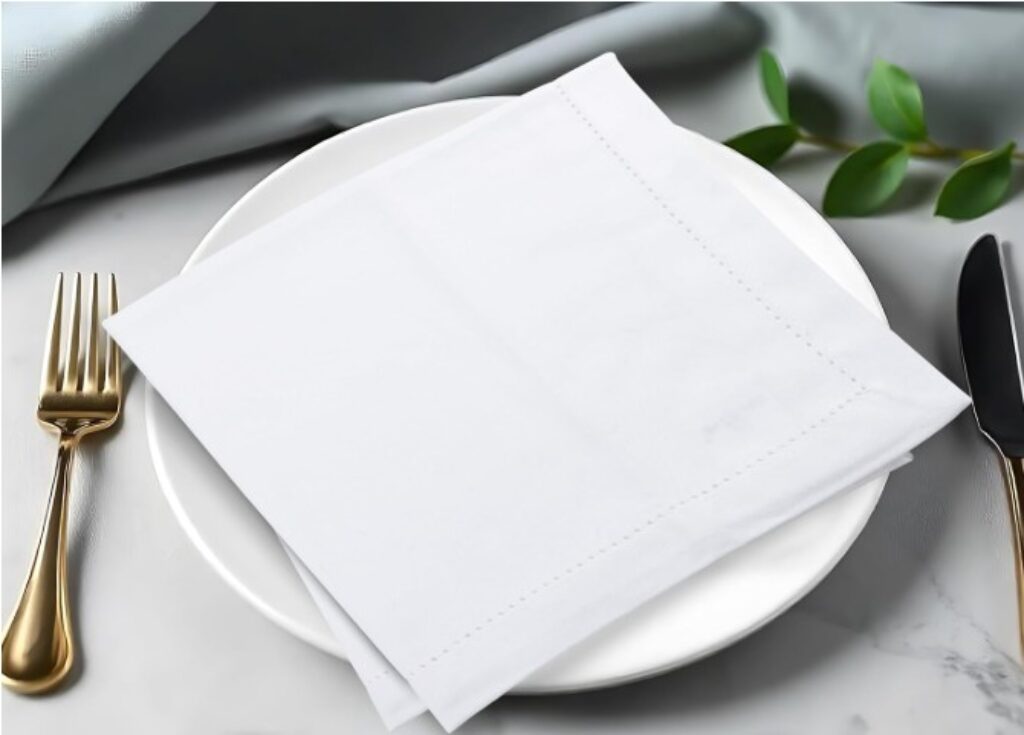
6. Modern adaptation: the art of the table in everyday American life
The French art of the table may seem formal or time-consuming, but it can be adapted to the contemporary American lifestyle without losing its essence. purshasesweb
The express version for weekdays
Even with a busy schedule, a few key elements can be preserved:
- A table cleared of everyday objects
- Plates and cutlery neatly arranged (even simple ones)
- A simply folded cloth napkin
- A lit candle or a small bouquet
These details take less than two minutes but transform the atmosphere of the meal.
Informal meals reinvented
Barbecues, brunches and casual meals can also benefit from French touches:
- A well-presented buffet with elegant serving dishes
- Quality plates even for a meal in the garden
- Colorful and casual cloth napkins
- Attention to detail in food presentation
Informal is not synonymous with carelessness in the French approach.
Adapting to small spaces
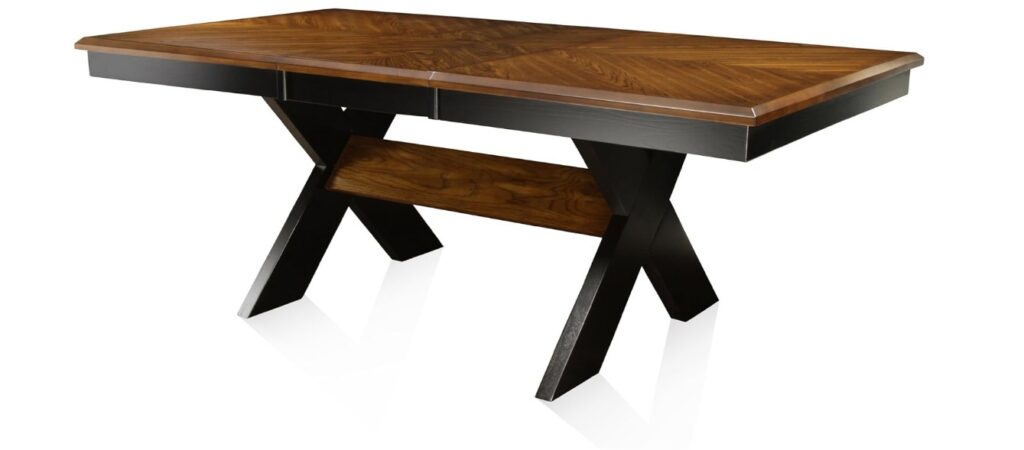
Table à manger Harvest de Furniture of America, marron
For small apartments or multifunctional tables:
- Quality placemats can replace a tablecloth
- Vertical dish storage allows access to beautiful items even in a small kitchen
- Stackable yet elegant pieces optimize space
- Folding or transformable items allow you to create ambiance even in a small space
Limited space can encourage creativity in tableware.
Technology at the table
The omnipresent presence of technology can be integrated with discernment:
- A rule of “no phones at the table” during family meals
- The use of technology to create ambiance (music, lighting)
- Photos of the meal taken before starting, then phones put away
- Using apps to learn about wine or gastronomy as a topic of conversation
Technology can enrich the experience if it is used consciously.
The ecological dimension
Contemporary tableware integrates environmental concerns:
- Sustainable and reusable products rather than disposable ones
- Natural and seasonal elements for decoration
- Local and seasonal foods highlighted by the presentation
- Respect for food and the fight against waste
This ecological dimension is perfectly aligned with the traditional French values of respect for products and the seasons. The secrets of French chefs to transform your leftovers into gourmet meals
Conclusion: cultivating the art of the present moment
The French art of the table is not a question of rigid rules or complex etiquette, but rather a philosophy that celebrates the present moment and honors the act of sharing a
10 meal prep tips that will save you time and money this week.





